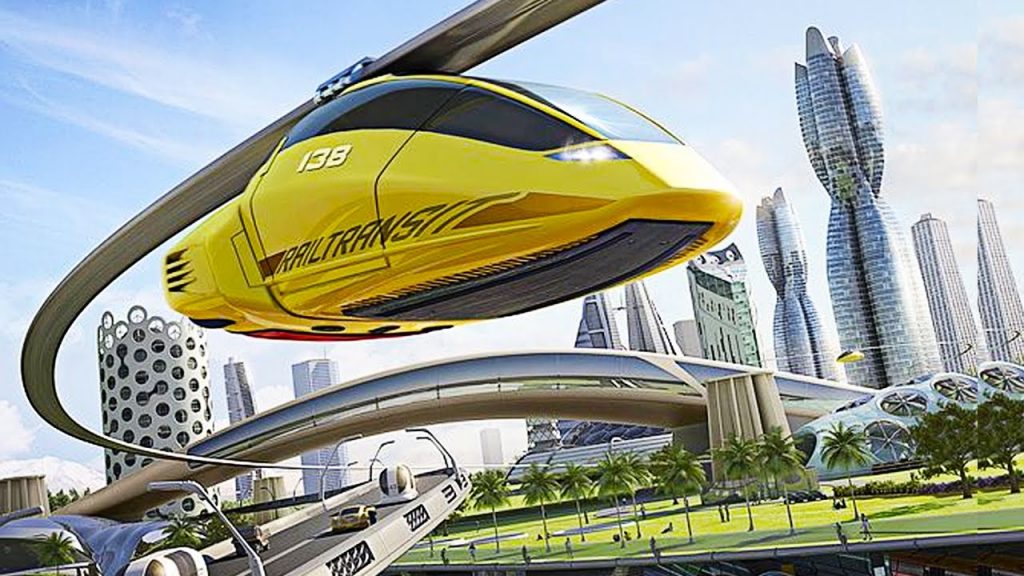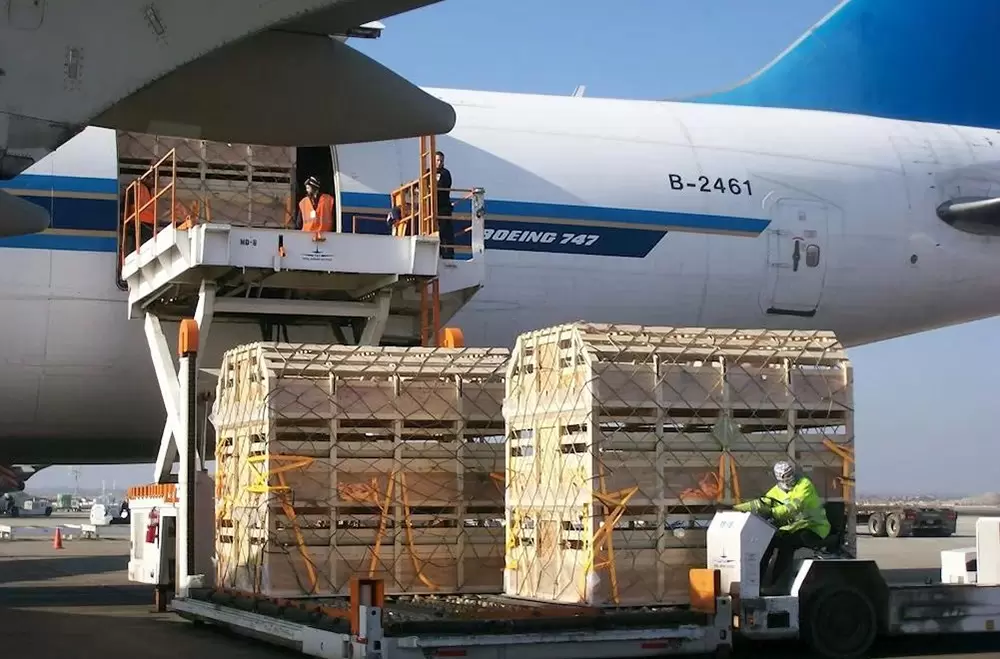
Public transport plays a vital role in the daily lives of Hong Kong residents, offering a convenient and efficient means of transportation in this bustling metropolis. This article explores the evolution, efficiency, and current state of public transport in Hong Kong, highlighting its significance in the city's transportation system.
- Historical Background:
To understand the current state of public transport in Hong Kong, it is essential to delve into its historical development. Hong Kong's public transport system has evolved significantly over the years, adapting to the city's growing population and changing needs. From the humble beginnings of trams and ferries to the introduction of buses, MTR (Mass Transit Railway), and modern-day innovations, the public transport network has undergone a remarkable transformation. - Comprehensive Network:
Hong Kong boasts a comprehensive public transport network that seamlessly connects various districts and islands. The MTR, comprising multiple lines, serves as the backbone of the system, providing rapid and reliable transportation across the city. Additionally, an extensive bus network, including franchised buses and minibusses, complements the MTR, catering to areas beyond the rail coverage. Ferries, trams, and taxis further enhance the accessibility and convenience of public transport in Hong Kong. - Integration and Intermodality:
One of the key strengths of Hong Kong's public transport system is its integration and intermodality. The Octopus Card, a contactless smart card, serves as a unified payment system for various modes of transport, allowing commuters to seamlessly transfer between different modes without the hassle of purchasing separate tickets. This integration promotes efficiency and encourages the use of public transport as a preferred mode of travel. - Technological Advancements:
Hong Kong's public transport system has embraced technological advancements to enhance efficiency and improve the overall passenger experience. Real-time information displays at bus stops and MTR stations provide up-to-date arrival times, enabling commuters to plan their journeys more effectively. Mobile applications offer route planning, fare calculation, and even crowd density information, empowering passengers with valuable information at their fingertips. - Environmental Sustainability:
In recent years, Hong Kong has placed a strong emphasis on environmental sustainability in its public transport system. The introduction of electric buses and hybrid taxis has significantly reduced carbon emissions, contributing to a greener and more sustainable city. Furthermore, initiatives such as bike-sharing programs and pedestrian-friendly infrastructure aim to promote alternative modes of transport and reduce reliance on private vehicles.
Conclusion:
The public transport system in Hong Kong is a testament to the city's commitment to efficient and sustainable transportation. With its comprehensive network, integration, technological advancements, and environmental initiatives, Hong Kong's public transport continues to evolve and adapt to the needs of its residents. Whether it's the iconic MTR, the extensive bus network, or the seamless intermodality, public transport in Hong Kong remains a reliable and convenient choice for commuters, ensuring smooth and efficient journeys throughout the city.







